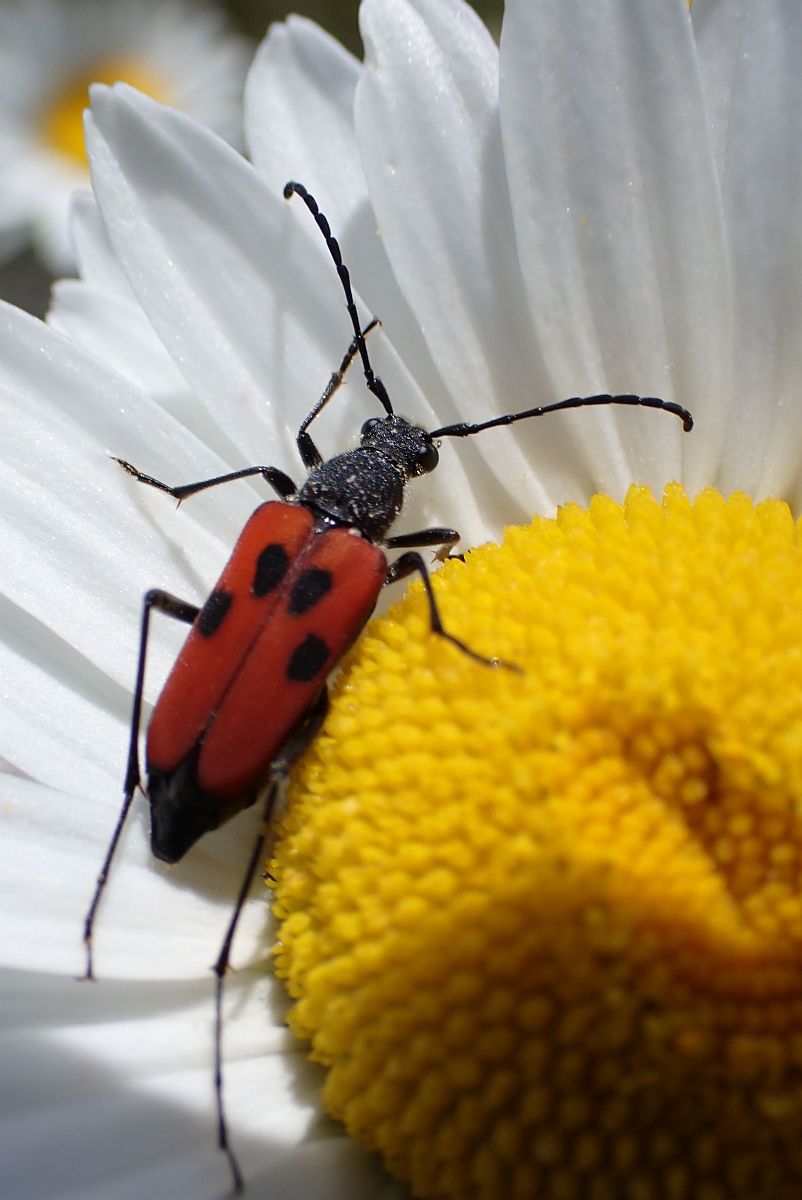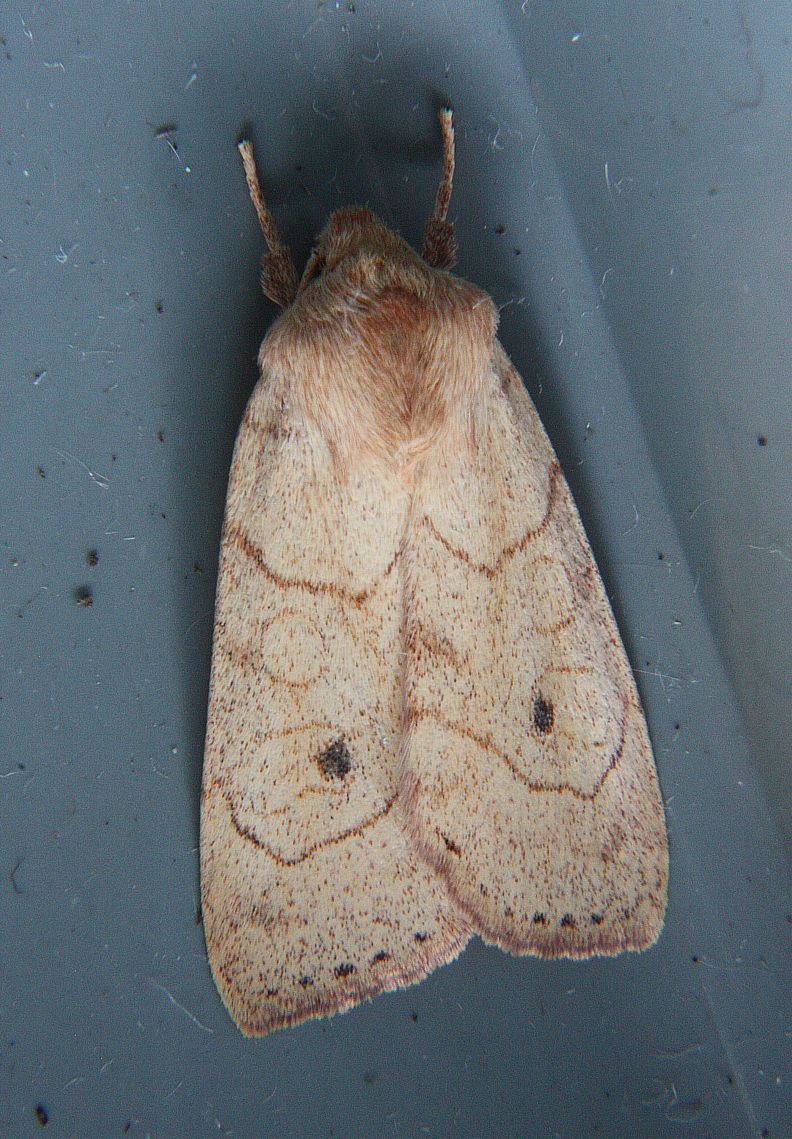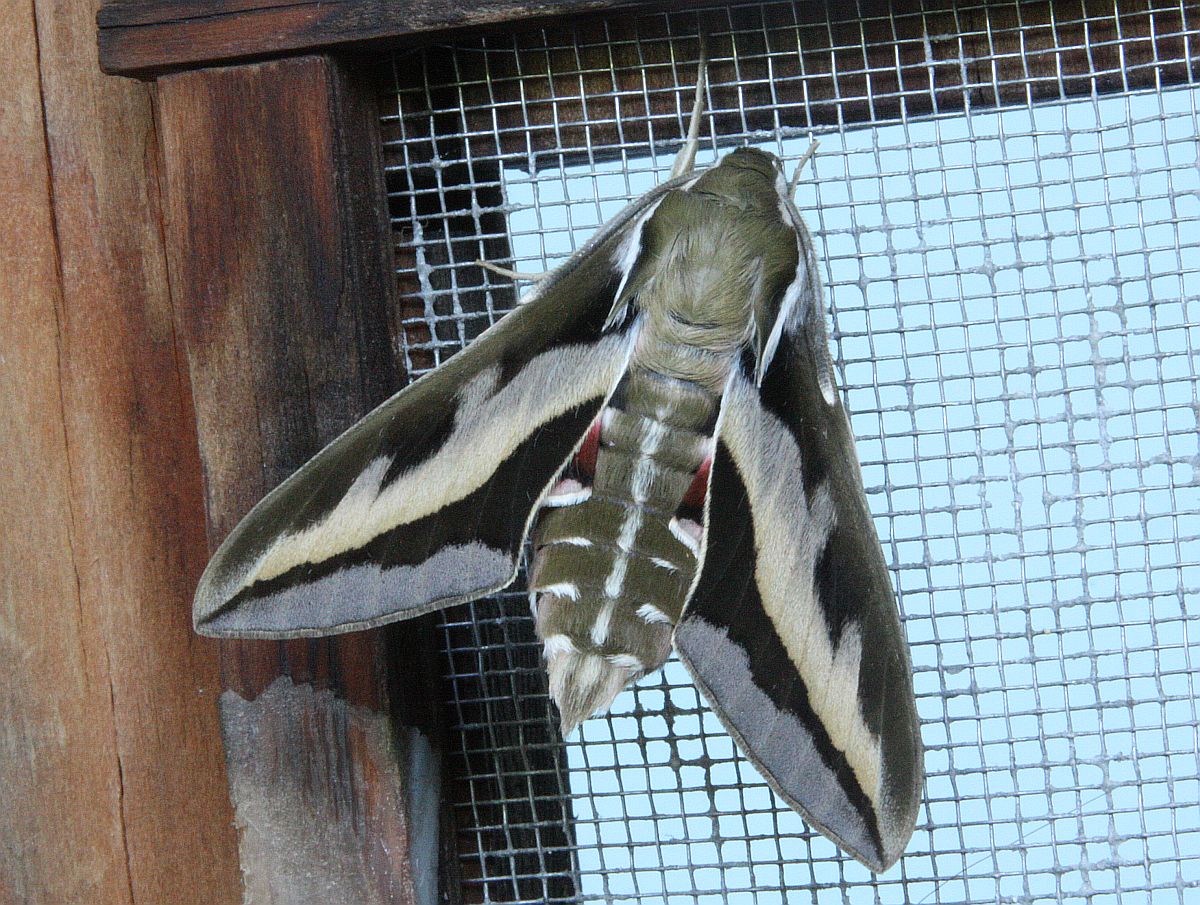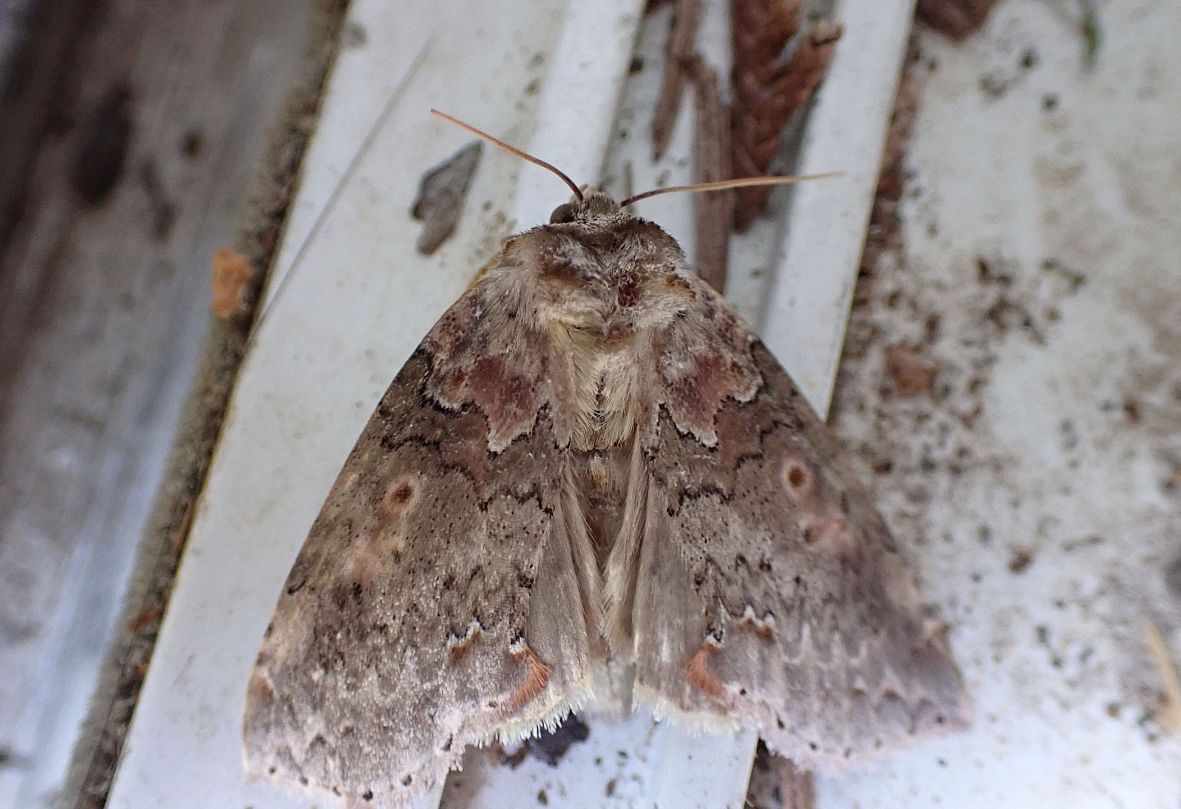2022 July 4
We have three fairly common medium-sized white moths locally: Hyphantria cunea, Leucoma salicis and Spilosoma virginica. So, which is the one shown below, found at UVic today?
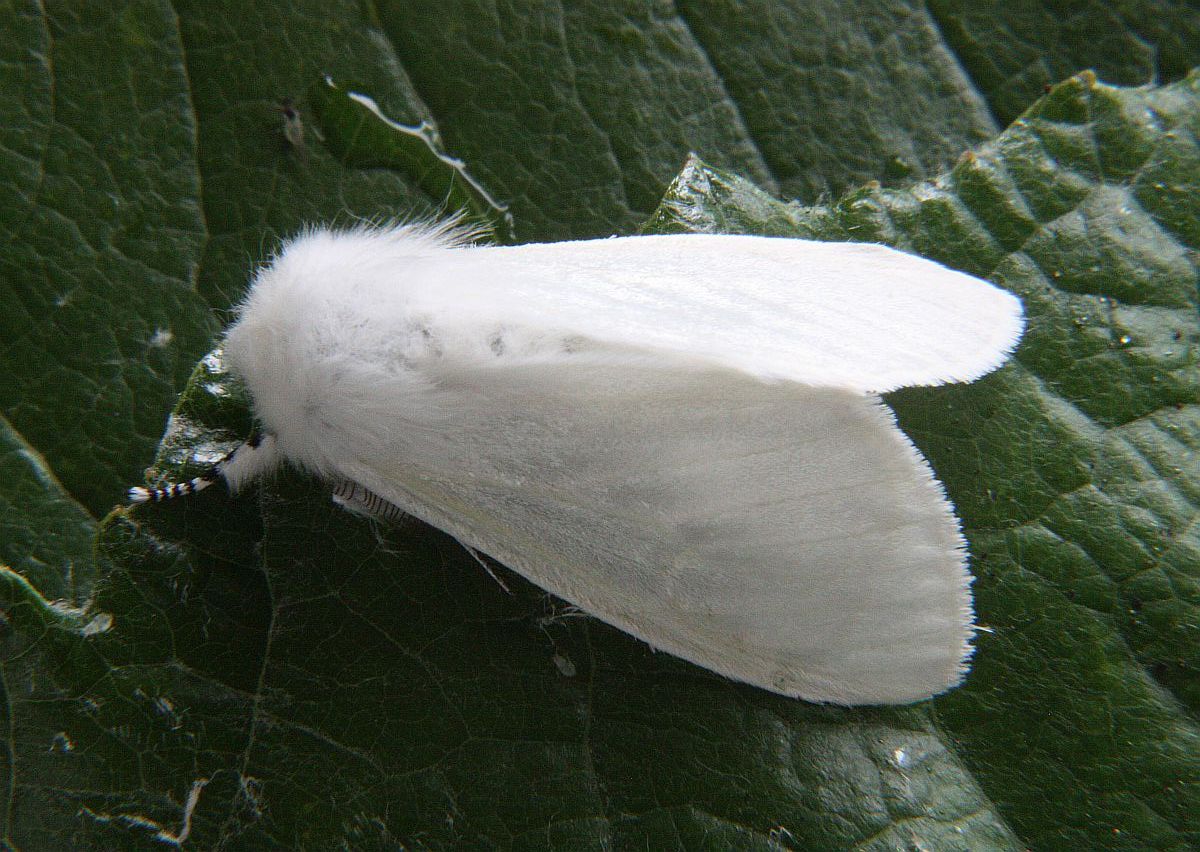
Leucoma salicis (Lep.: Erebidae – Lymantriinae) Jeremy Tatum.
For Hyphantria cunea, see June 20. For Spilosoma virginica, see May 27.
Mike Yip writes:
Mark Wynja and I did two Canada Day surveys. On July 1 we spent 4 sunny hours on Northwest Bay logging road. Except for numerous Lorquin’s Admirals it was very quiet with a few Western Blue Azures, Pale Tiger Swallowtails and Western Tiger Swallowtails and singles of Hoary Comma, Green Comma and Dun Skipper.
On July 2 we spent 5 intermittently sunny hours (30% of the time it clouded over) on Cameron and Pass Main (Mount Cokely Road). The road to the top was open, but it was still early spring conditions with snow on the mountain, not many wildflowers, and only 15° C at the upper levels. We managed to scrounge up a disappointing 10 species. There were several Western Meadow Fritillaries, Green Commas, Silvery Blues, Persius Duskywings, Pale Tiger Swallowtails, Western Tiger Swallowtails, and Sara Orangetips; singles of Cedar Hairstreak and Mourning Cloak; and many Mylitta Crescents.
I hadn’t been up Cokely for a couple of years and didn’t recognize much of the area on the drive in. What used to be a well-forested area has been nuked and looks more like a barren moonscape dotted with huge teepees of usable wood (fence posts, pellets, etc) soon to be torched during slash burning.
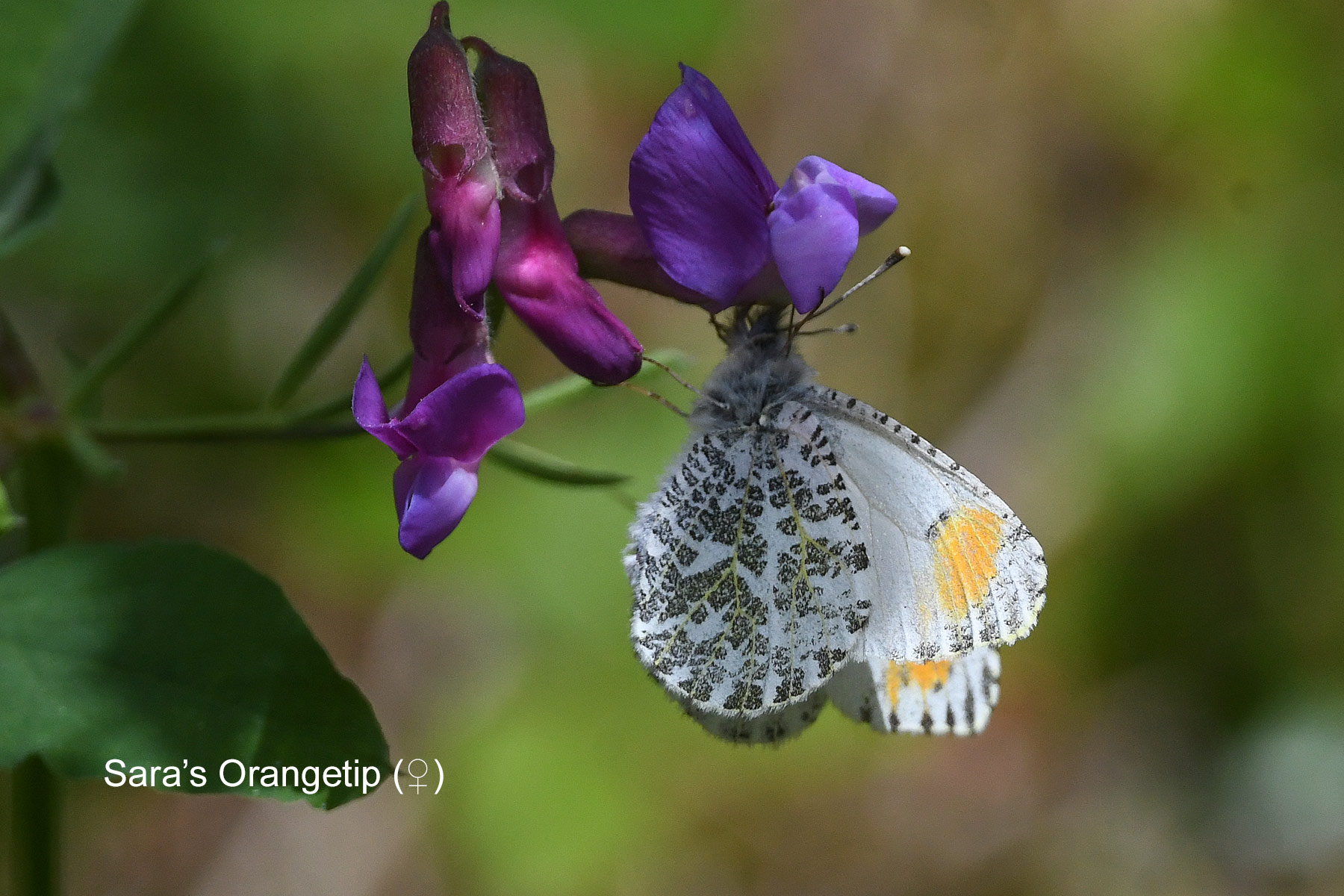
Female Sara Orangetip Anthocharis sara (Lep.: Pieridae) Mike Yip
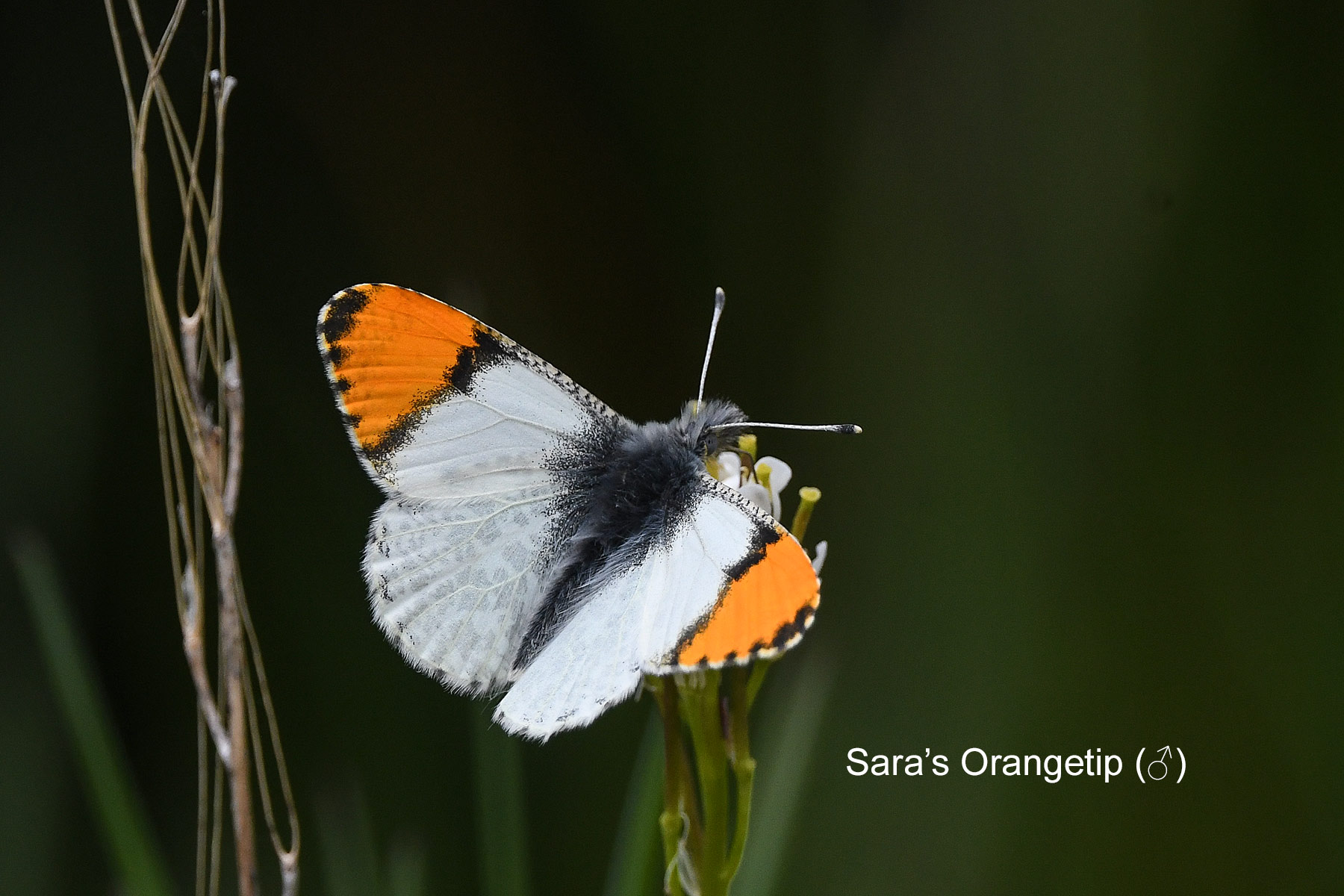
Male Sara Orangetip Anthocharis sara (Lep.: Pieridae) Mike Yip
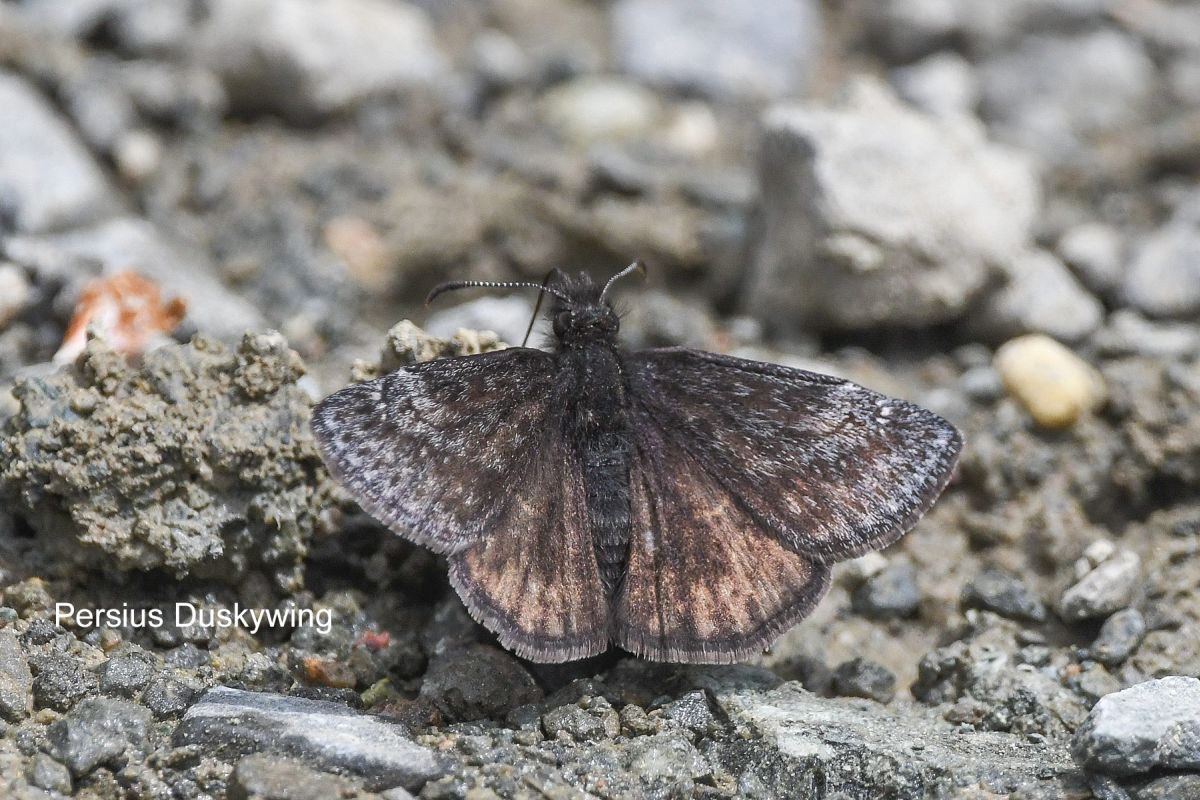
Persius Duskywing Erynnis persius (Lep.: Hesperiidae) Mike Yip
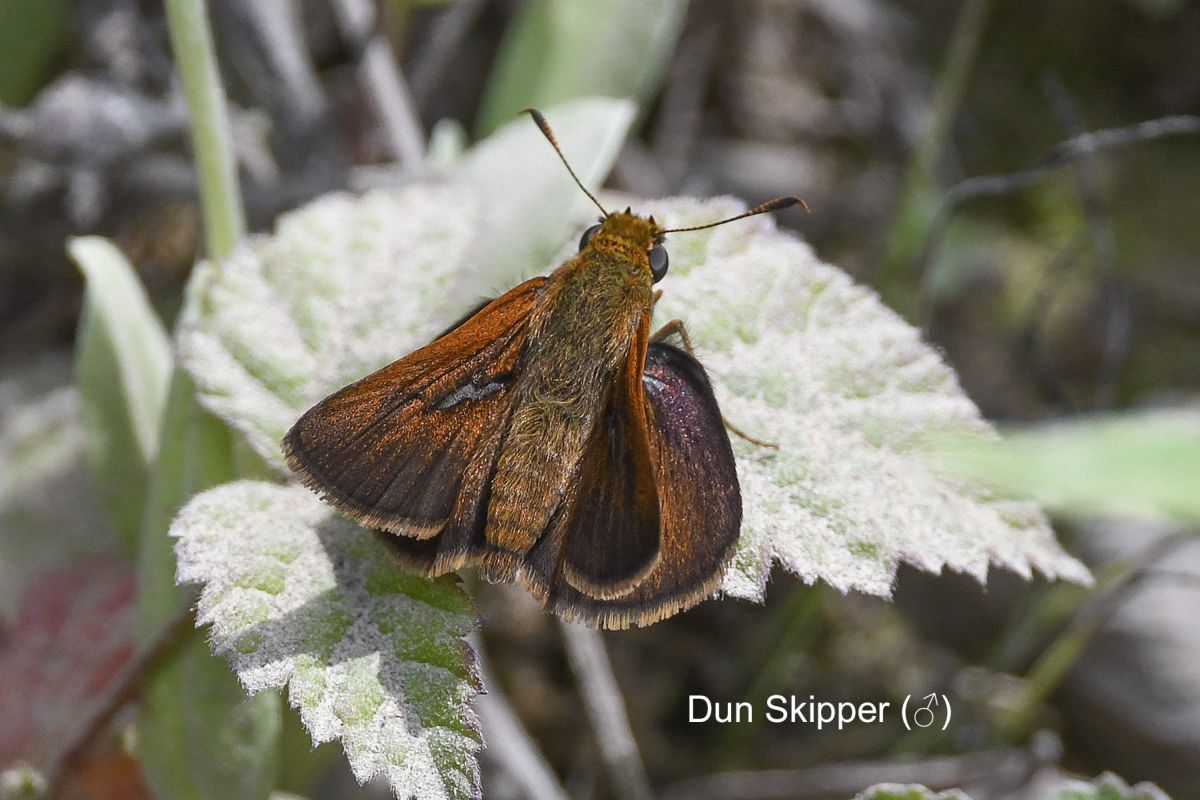
Male Dun Skipper Euphyes vestris (Lep.: Hesperiidae) Mike Yip
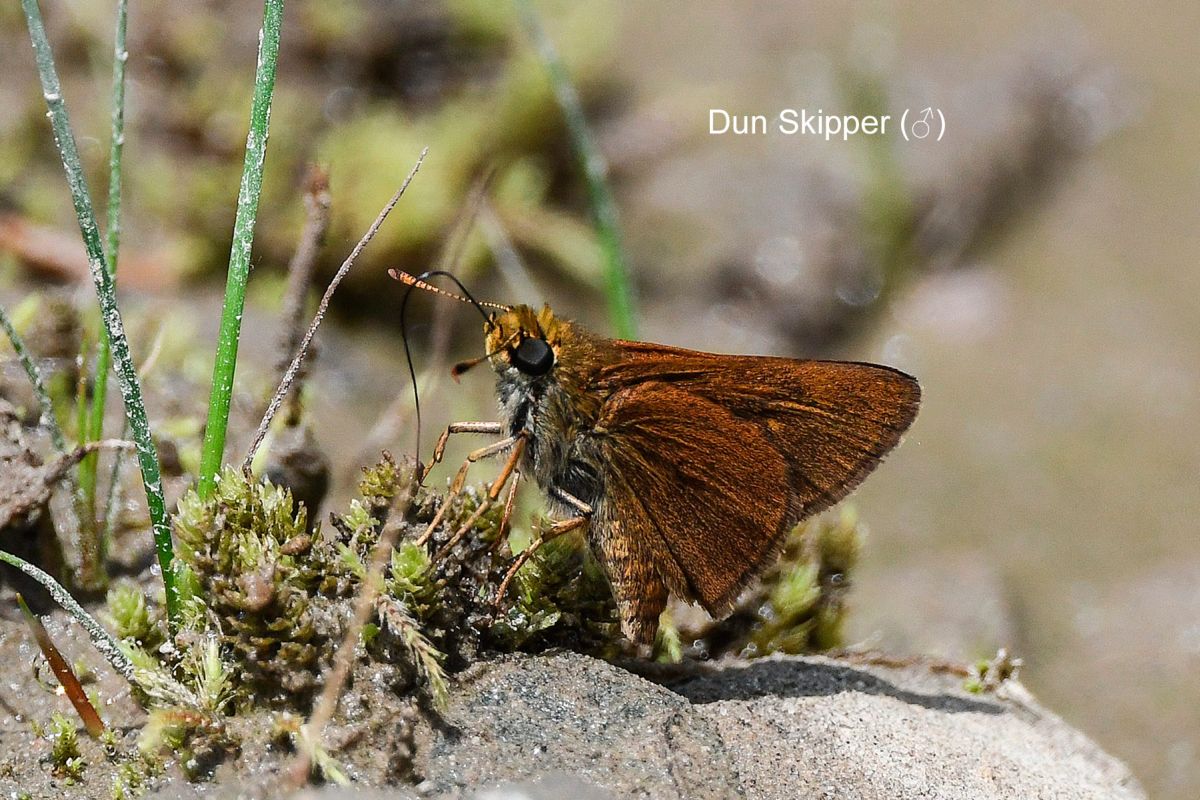
Male Dun Skipper Euphyes vestris (Lep.: Hesperiidae) Mike Yip
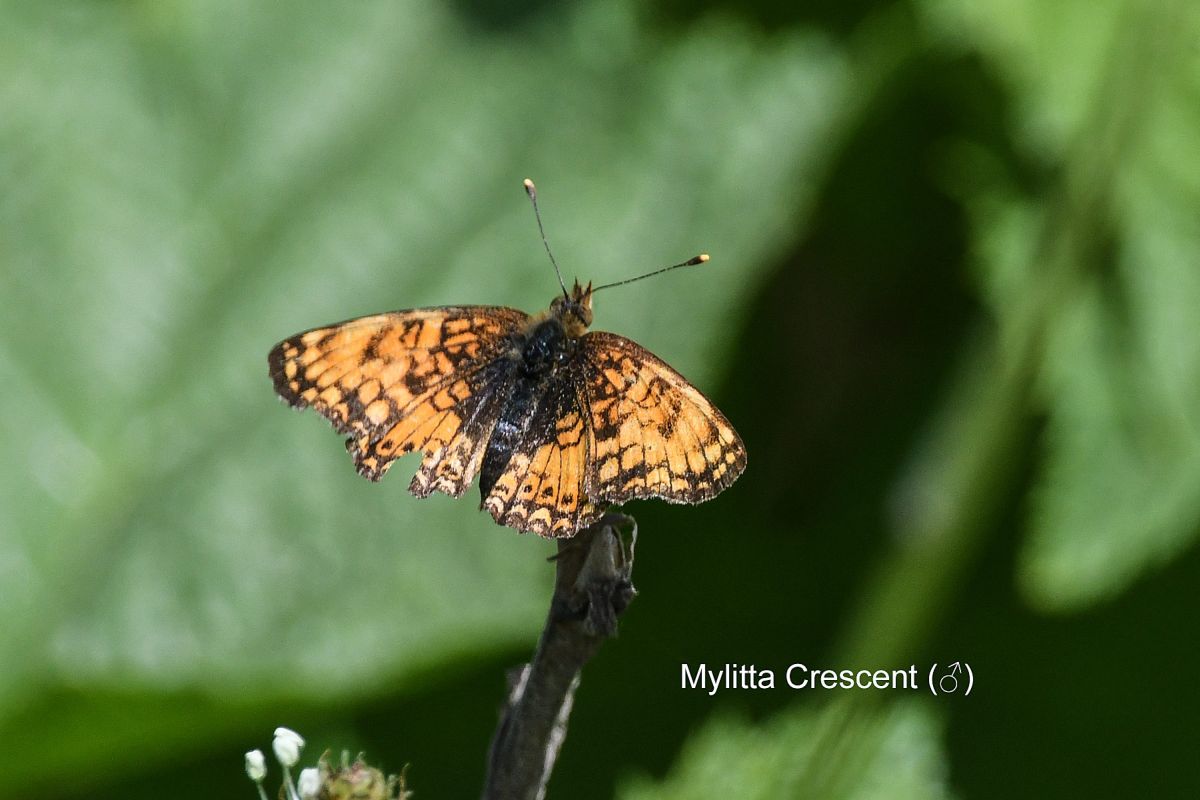
Male Mylitta Crescent Phyciodes mylitta (Lep.: Nymphalidae) Mike Yip
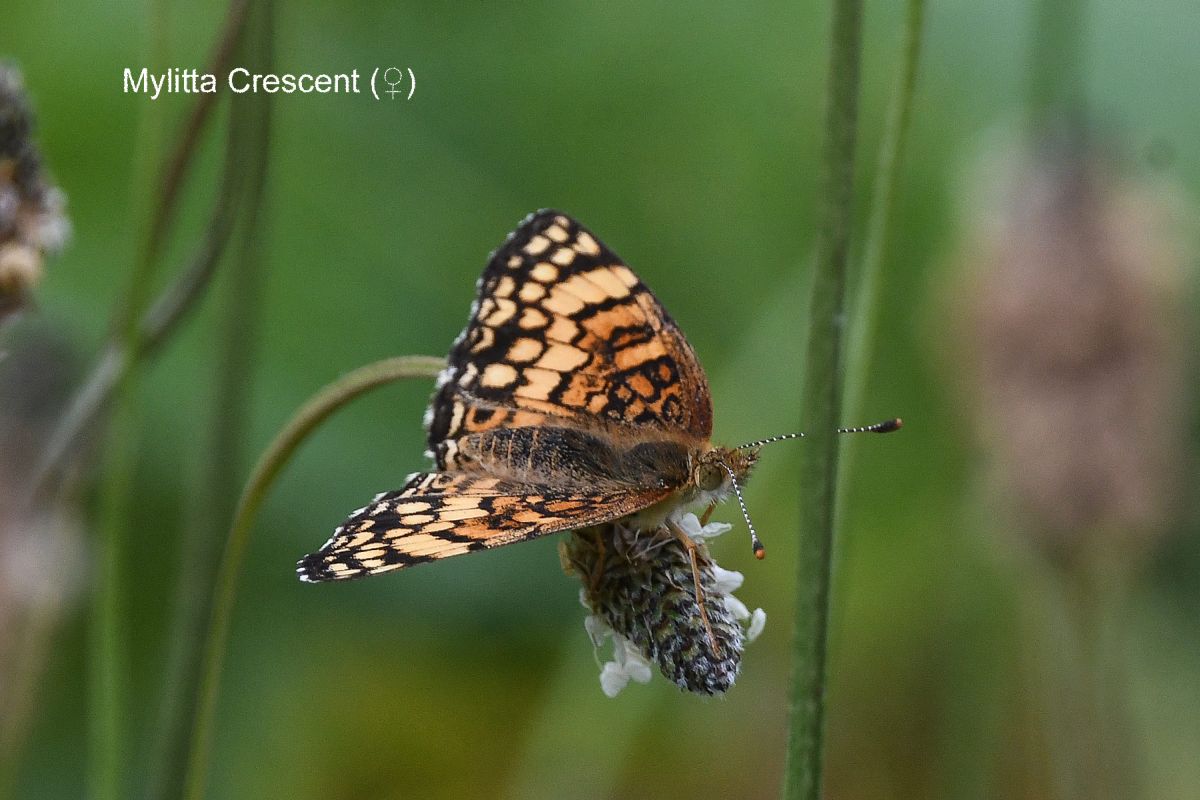
Female Mylitta Crescent Phyciodes mylitta (Lep.: Nymphalidae) Mike Yip
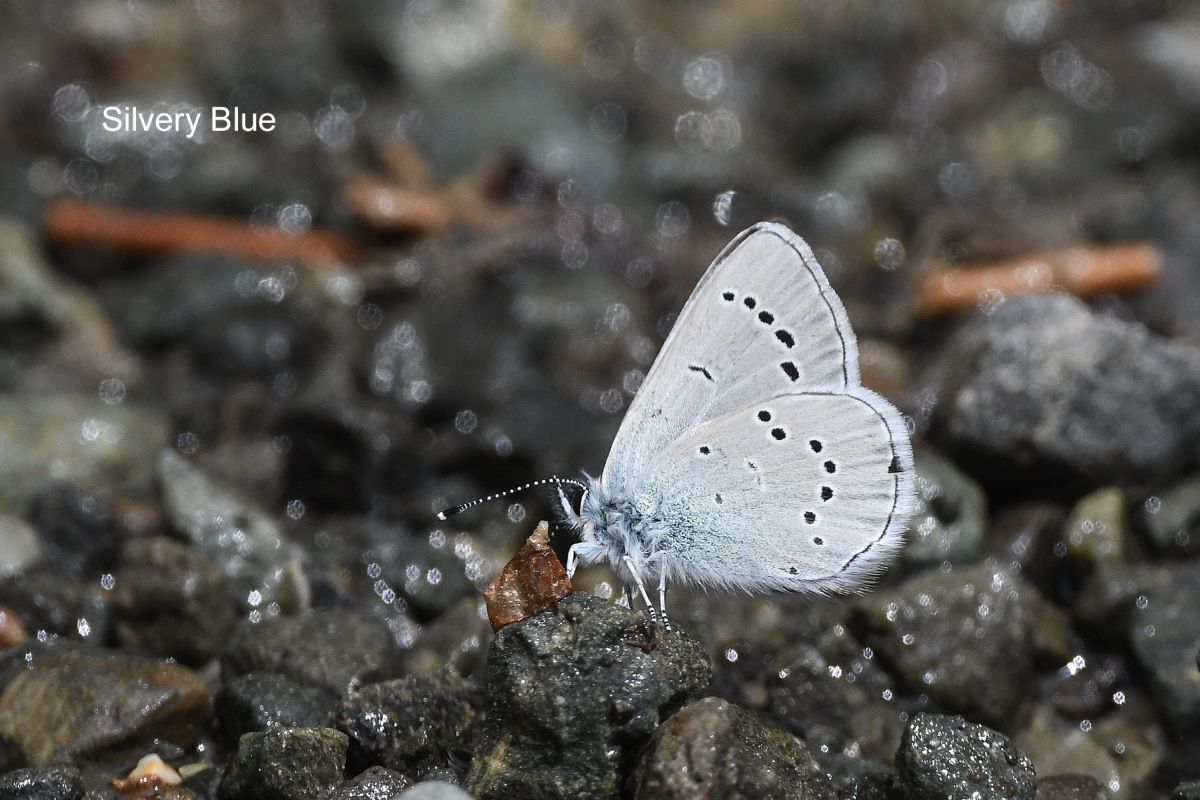
Silvery Blue Glaucopsyche lygdamus (Lep.: Lycaenidae) Mike Yip
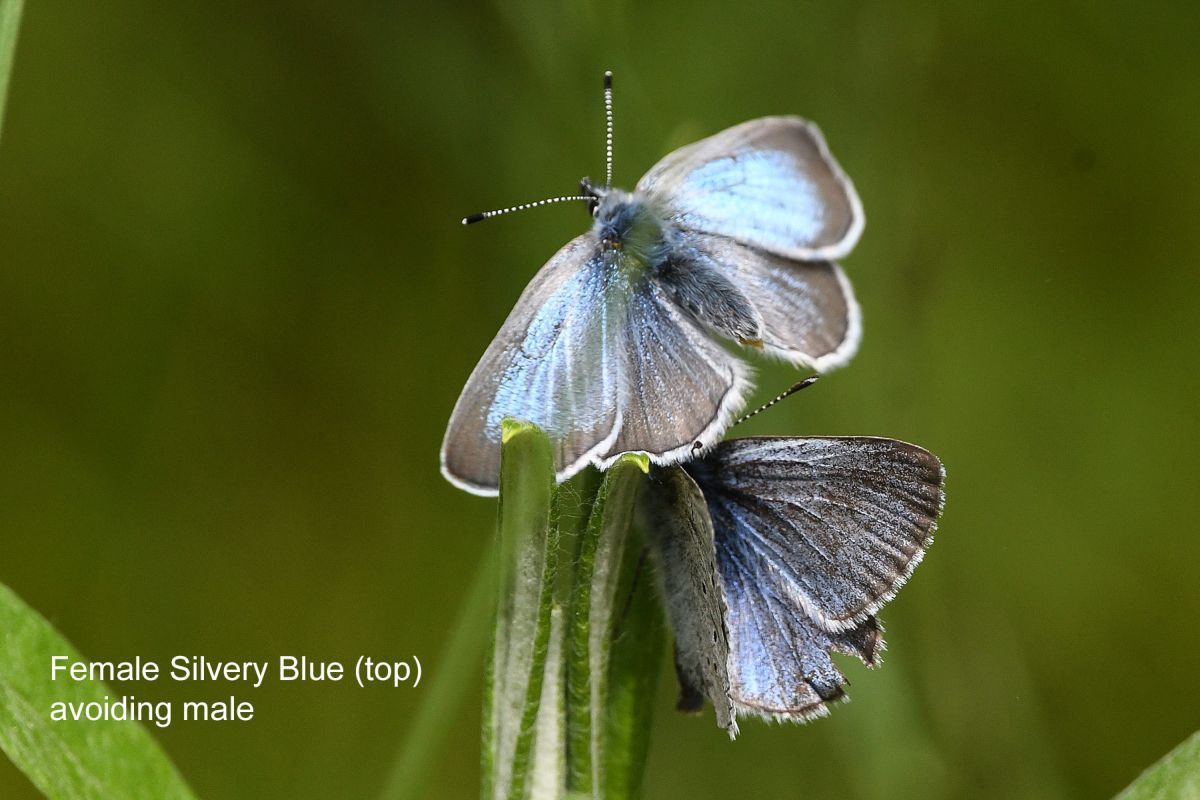
Silvery Blue Glaucopsyche lygdamus (Lep.: Lycaenidae) Mike Yip
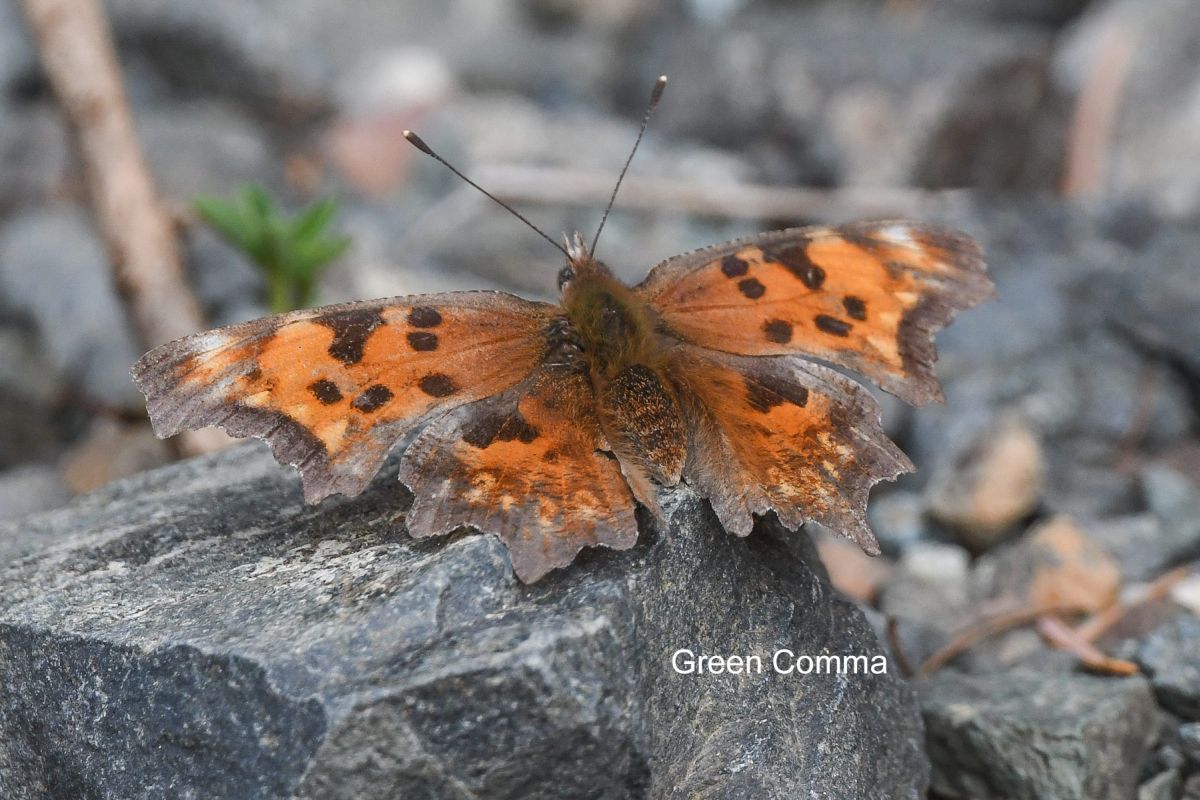
Green Comma Polygonia faunus (Lep.: Nymphalidae) Mike Yip

